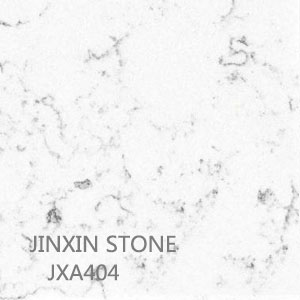Quartz glass is a kind of special glass containing only a single component of silica. Due to the different types, processes and raw materials, it is often called silicate glass, quartz glass, fused quartz, fused quartz, * fused quartz, and transparent, translucent and opaque quartz without definite concept 
Quartz glass is generally called quartz glass in China. It is classified according to its process, use and appearance, such as fused transparent quartz glass, fused continuous quartz glass, gas-smelted transparent quartz glass, quartz glass, opaque quartz glass, optical quartz glass, semiconductor quartz glass and electric light source quartz glass. It is absolutely inappropriate for people to use the simple term "quartz" to name this material, because "quartz" is a generic term for the crystalline state of silicon dioxide, which is different from glass silica in physical and chemical properties. Quartz glass is made by melting natural crystalline quartz (crystal or pure silica) or * silane at high temperature. The melted products have excellent properties. In the range of high viscosity, tubes and rods can be heated as ordinary glass finishers, and abrasives made of diamond or silicon carbide can also be used for high-speed machinery, thus making instruments and special products of various complex shapes. The properties of quartz glass mainly depend on its purity, followed by technological process or thermal system. The existence of trace impurities will have a significant impact on the performance of quartz glass. At the same time, due to the slight negligence of the process or thermal system, it will bring a variety of defects to the appearance quality, resulting in a large number of waste products. Glass is usually divided into oxide glass and non-oxide glass according to their main components. There are few kinds and quantities of non-oxide glasses, mainly chalcogenide glasses and halide glasses. The anions of chalcogenide glasses are mostly sulfur, selenium and tellurium. They can cut off short wavelength light and pass through yellow, red, near and far infrared light. They have low resistance, switch and memory characteristics. Halide glasses are widely used as optical glasses because of their low refractive index and low dispersion.
|

 Home
Home
